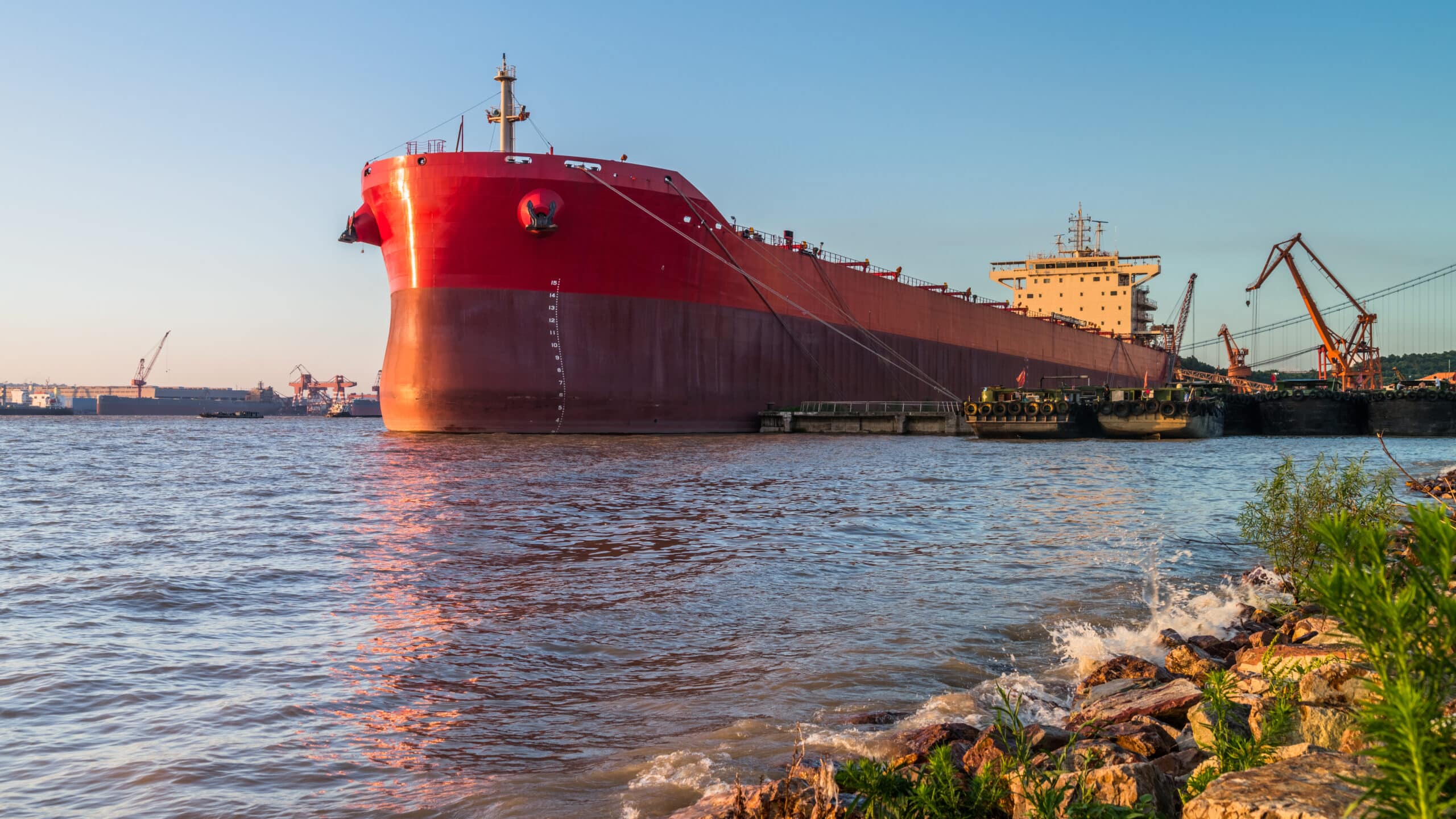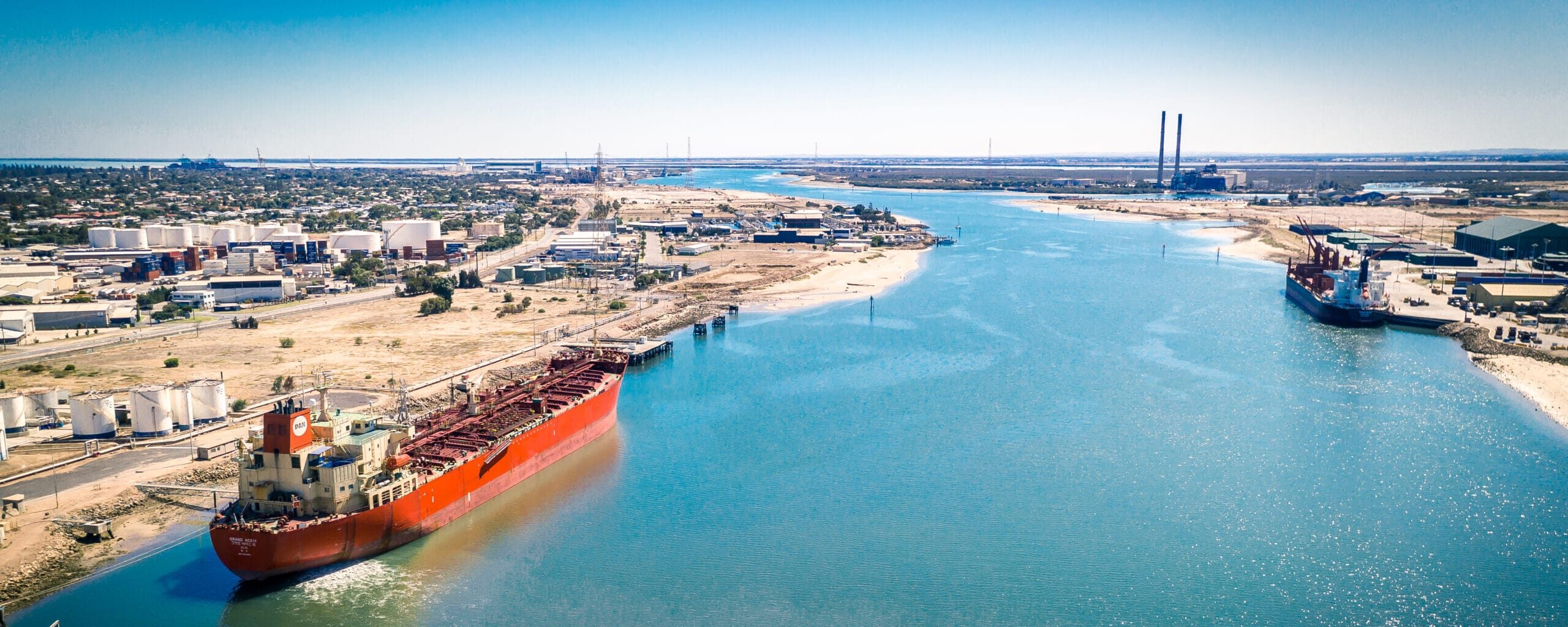News about the Red Sea continues to dominate headlines as renewed instability threatens one of the world’s most critical shipping lanes.
The Red Sea, a key trade corridor connecting Europe and Asia, has seen a spike in regional tensions, prompting major shipping lines to reroute vessels.
This key shipping corridor, vital to global trade, is under threat as attacks and instability continue to rise.
The crisis has already forced several major shipping lines to reroute vessels, causing widespread delays and increased freight costs.
As more news about the Red Sea emerges, it’s clear the ripple effect on international trade is growing stronger.
Industry leaders and governments are now closely watching developments as the situation unfolds.
Tensions Rise Again in the Red Sea
On March 16, the United States launched a major round of airstrikes targeting Houthi positions in Yemen, resulting in the deaths of at least 31 individuals.
The move was in response to renewed threats from the group to strike commercial vessels in the Red and Arabian Seas.
This military action followed renewed threats from the Houthis to attack commercial vessels in the Red Sea and Arabian Sea, particularly those linked to Israel.
1. Houthis Resume Threats After Ceasefire Pause
The Houthi movement, which has controlled large parts of Yemen for nearly a decade, announced on March 12 that it would resume its maritime operations after a period of reduced activity since January.
That lull had coincided with a temporary ceasefire in Gaza.
2. Missiles Intercepted, But No Ship Attacks Reported
While no direct ship attacks have been reported since the announcement, both the U.S. and Israeli governments have confirmed intercepting drones and missiles launched from Yemen.
3. Shipping Delays and Suez Traffic Plunge
The instability has taken a toll on international shipping.
According to U.S.-based logistics intelligence firm project44, vessel traffic through the Suez Canal has plunged by 75% in 2024.
Ships are being rerouted around Africa, adding an estimated 7 to 14 days to delivery times and significantly impacting global supply chains.
Trump Issues Stark Warning Amid Rising Red Sea Tensions
As global focus intensifies on the Red Sea crisis, former U.S. President Donald Trump issued a fierce warning to the Houthis via Truth Social, stating that if attacks continue, “hell will rain down upon you like nothing you have ever seen before.”
The White House reinforced the stance, noting that the U.S. military action was aimed at countering terrorism and ensuring the safety of international trade routes.
Officials highlighted that five of the top ten countries reliant on Red Sea trade by value are European Union members, underscoring the global stakes involved.
In addition, the administration reported that since 2023, Houthi forces have launched 174 attacks on U.S. naval vessels and 145 on commercial ships in the region.
The escalation has further fueled global concern, as news about the Red Sea continues to point to widespread disruption in maritime trade.
In response, the Houthis declared they were prepared to “respond to escalation with escalation,” though no direct retaliation has been observed yet.
With more news about the Red Sea surfacing daily, the international community remains on alert.
Global Trade Takes a Hit as Red Sea Crisis Deepens

Ongoing instability in the Red Sea has pushed global shipping routes into disarray.
What was once a vital artery, carrying roughly 12% of all global trade, has become a danger zone, forcing carriers to avoid the region entirely.
The number of commercial vessels transiting through the Suez Canal, which connects the Mediterranean to the Red Sea, dropped from over 26,000 in 2023 to just 13,200 so far in 2024.
Shipping companies are now redirecting vessels around the Cape of Good Hope, a move that adds over 7,000 nautical miles to round trips.
As news about the Red Sea continues to unfold, businesses are scrambling to assess alternative freight strategies and minimize disruptions.
1. Ripple Effects on Supply Chains and Costs
The extended shipping routes are not only increasing transit times but also raising operational costs across the board.
Delays in delivery schedules have led to inventory shortages, while fuel consumption for longer voyages is contributing to a sharp spike in carbon emissions.
Many supply chain operators, including companies like Newl, are working closely with clients to manage rerouting strategies and contain rising costs.
With end-to-end freight and logistics services, Newl is helping businesses navigate this uncertain landscape by offering flexible shipping options and warehouse support across North America.
2. Uncertainty Keeps Shipping Lines Away
Though a temporary ceasefire in Gaza had raised hopes for stability, shipping companies remain cautious.
Until there’s assurance of lasting peace in every country on the Red Sea, a full return to normal operations remains unlikely.
The map of the Red Sea now tells a story of disruption rather than transit. It highlights key chokepoints, conflict zones, and diverted trade flows.
Logistics professionals around the world are watching closely, as every country on the Red Sea plays a critical role in maintaining safe passage.
With more updates and news about the Red Sea emerging daily, carriers are using risk maps, including the updated map of the Red Sea, to adjust routes and protect cargo.
3. Spike in Insurance Premiums and Risk Costs
With heightened threats along Red Sea routes, marine insurers have raised premiums for vessels transiting through high-risk zones.
These increased insurance costs are putting additional financial pressure on carriers and shippers, especially smaller businesses already operating on thin margins.
Security protocols have also become more stringent, adding complexity to voyage planning.
For shipping companies trying to reach any country on the Red Sea, the cost of coverage and risk mitigation is now a major factor in route decisions.
Newl’s Support During Red Sea Disruptions
In the face of ongoing Red Sea disruptions, Newl provides businesses with reliable and adaptable logistics solutions.
- With decades of industry experience and a strong network of carriers and warehousing partners, Newl helps clients reroute shipments efficiently and avoid high-risk zones.
- Whether it’s air, ocean, or trucking services, Newl ensures your cargo keeps moving with minimal delays.
- Our warehousing facility and North American coverage offer flexible storage and fulfillment options, critical when transit times are unpredictable.
For businesses looking to maintain supply chain resilience, Newl offers the expertise and agility to respond fast.
Up for a quick call on how to deal with this?
Final Thoughts
The Red Sea crisis is a stark reminder of how geopolitical tensions can quickly ripple through global supply chains.
As vessels divert, costs climb, and delivery times stretch, businesses must rethink their logistics strategies and partners.
Staying informed with the latest news about the Red Sea, understanding route risks, and working with reliable freight providers like Newl can make all the difference.
While the future of Red Sea shipping remains uncertain, being prepared is no longer optional, it’s essential.
Frequently Asked Questions
1. What are the alternative shipping routes if the Red Sea remains unsafe?
The most common alternative is rerouting ships around the Cape of Good Hope, which adds time and cost.
Some companies are also exploring rail and air freight options where feasible.
2. How are businesses handling inventory management amid delays?
Many are increasing safety stock levels or using decentralized warehousing.
Newl helps clients manage inventory more flexibly through its warehousing solutions in strategic U.S. locations.
3. Will the Red Sea crisis impact holiday season deliveries?
Yes, if the disruptions continue into Q2, holiday shipping schedules could be affected. Planning ahead with freight partners like Newl is crucial for on-time delivery.
